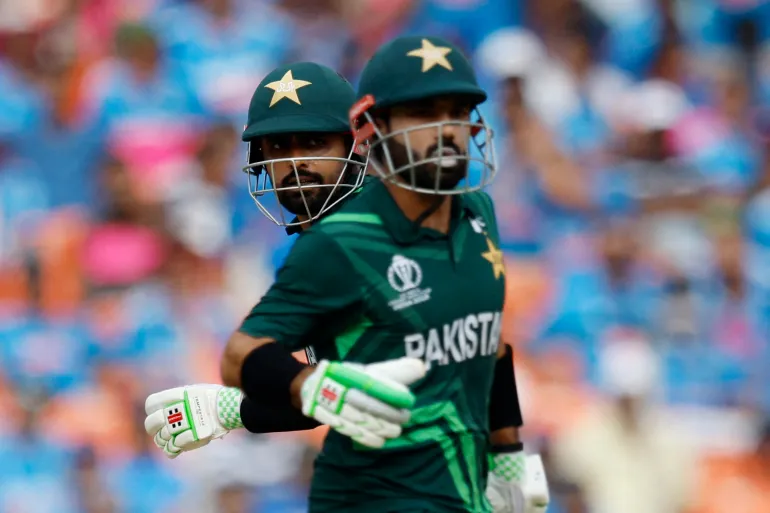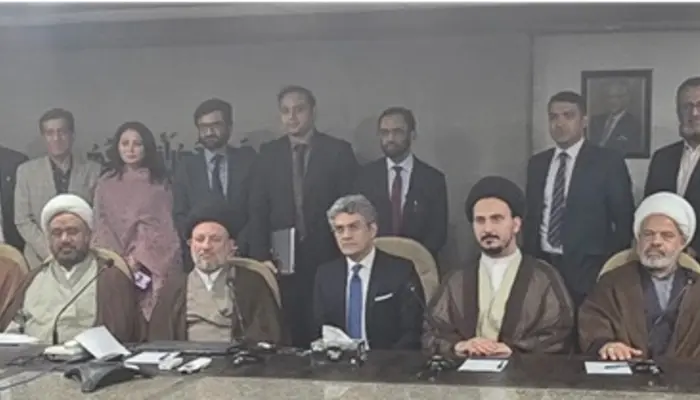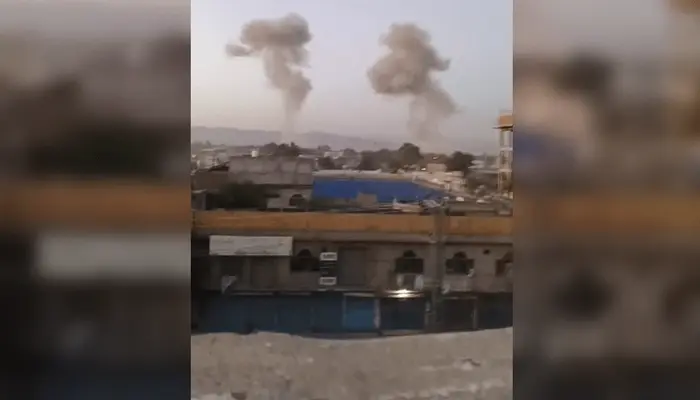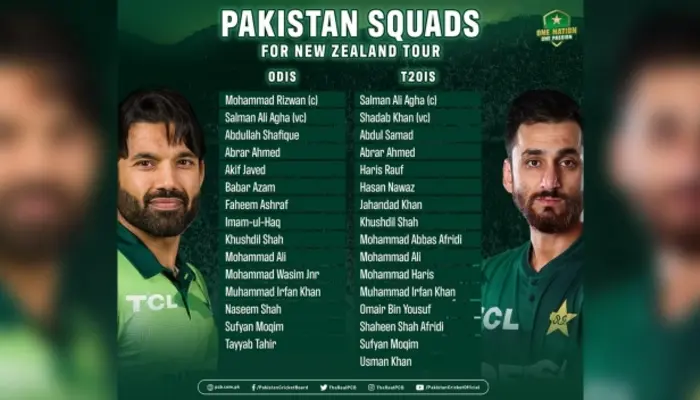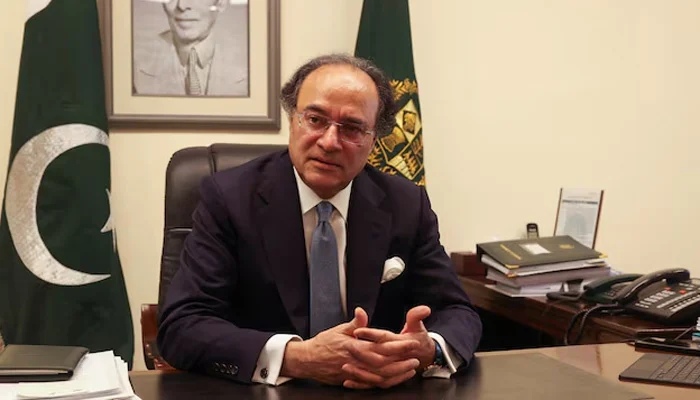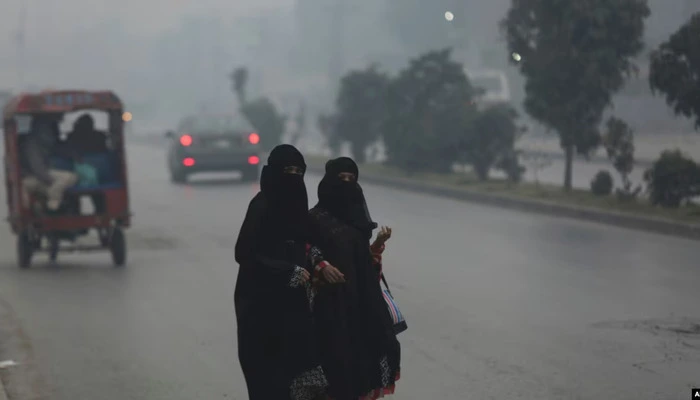
Lahore, Pakistan’s second-largest city, has been grappling with record levels of smog, making daily life increasingly difficult for its 14 million residents. The keyword “smog crisis” highlights the severity of this environmental disaster, which has caused school closures, health issues, and disruptions in daily activities across the Punjab province.
Smog Shuts Down Public Spaces
To mitigate the effects of this severe air pollution, the Punjab government has shut down public spaces such as parks, zoos, and playgrounds. This move aims to protect people, especially children, who are most vulnerable to the toxic air. Air quality indices (AQI) have reached dangerous levels, surpassing 1,000, with some cities like Multan even hitting 2,000, an unprecedented level of pollution.
Health Impacts: A Growing Crisis
The effects of this smog are widespread and alarming. According to doctors, many residents, particularly children, are experiencing constant coughing, allergies, and other respiratory issues. “The children are constantly coughing, they have constant allergies,” said Rafia Iqbal, a primary school teacher. Hospitals are overwhelmed, with a significant increase in patients suffering from respiratory problems and other smog-related conditions. Dr. Qurat ul Ain, a hospital doctor, confirmed that this year’s smog levels are much worse than previous years, with more patients seeking emergency care.
Read: Lahore Hospitals Battle Smog Surge, Thousands Suffer
Pollution Sources and Solutions
The root causes of this pollution are multifaceted. A combination of low-quality fuel emissions from factories and vehicles, along with the burning of agricultural stubble, creates a toxic blanket over the city every winter. This pollution is then trapped by cooler temperatures and slow winds, intensifying its impact.
Despite efforts like artificial rain last year and street-level water sprays this year, the results have been minimal. Arrangement of special clinics and smog counters is complete across the province. Affected individuals will get treatment with this initiative, but these measures are not enough to curb the growing crisis.
The Vulnerable: Children and the Elderly
Air pollution is particularly harmful to children, babies, and old people, who are more susceptible to its effects. Children in poorer neighborhoods are the most at risk as they live in polluted environments year-round. Climate activist Alia Haider emphasized the importance of awareness campaigns, as many people are unaware of the dangers of smog. “We are stuck in our own poison,” Haider said, describing the situation as a “cloud of gas” over the city.
The Way Forward
Addressing Pakistan’s smog crisis requires long-term solutions, including better pollution control, stricter regulations on industrial emissions, and public awareness initiatives. For now, the residents of Lahore and other affected cities must endure this hazardous air, hoping for more effective action in the future.
With public spaces closed and health at risk, the smog crisis in Punjab underscores the urgent need for solutions to protect the population from the toxic air they breathe.
Follow us on Google News, Instagram, YouTube, Facebook,Whats App, and TikTok for latest updates




